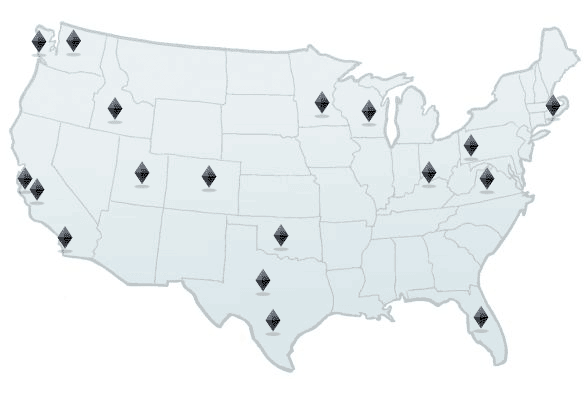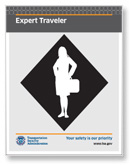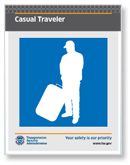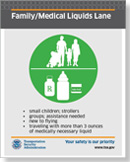Black Diamond Self Select Lanes
Helping Passengers Move at Their Own Pace
TSA is listening to passenger feedback to improve the checkpoint experience. That is why TSA launched the "Black Diamond" self-select program in Salt Lake City, Utah in February 2008. Since then the program has rapidly expanded. To date, 50 airports have implemented Black Diamond. The goal of self-select is to enable expert travelers who know TSA procedures well to go through checkpoints quickly and efficiently, while giving families and others with special needs more time and assistance.
Ad Council Video
- Click here to see our video on self select lanes.
Airports With Black diamond Self-Select Lanes

The self-select lanes are modeled after familiar ski icons that guide travelers to choose the appropriate trail/lane based on their skill level. Green designates the queue for families or beginners, blue is for casual travelers at the intermediate level, and black diamond is reserved for expert travelers who know the TSA rules and arrive at the checkpoint ready to go through efficiently.
Since implementing the program, expert lanes have seen an average 21 percent increase in throughput (with some as high as 40 percent), while the alarm rates for Family lanes are down an average of 11 percent
An added benefit is that self-select is lowering stress and anxiety levels among passengers, and helping to calm the checkpoint environment. Lower stress is good for security so it is a win-win for the traveling public and transportation security officers.
To learn more about Black Diamond lanes, watch this video.
What Kind of Traveler Are You?
Expert:
|
Casual:
|
Family/Medical Liquids:
|
How to be an Expert Traveler, No Matter What Lane You're In
Whether you're looking for skills to brave the "Expert Lane" or hoping to speed your trip through security in any airport, here are some tips the experts use that will benefit no matter what checkpoint lane you're in:
|
Did You Know?
The average traveler takes up four feet of space at the checkpoint taking roughly 32 seconds to divest their belongings and 42 seconds to compose at the end of the checkpoint. These numbers may seem insignificant for one traveler, but when you consider that about 2 million passengers go through checkpoints everyday it adds up. |
|
Belts, wallets and cell phones are the most common items that alarm on a passenger when passing through the metal detector.
|
Did you know?
42% of the checkpoint bottlenecks are caused by delays in composing after screening. |
Got Feedback? If you've gone through one of the self-select lanes, we'd like to hear what you think on our blog. Go to www.tsa.gov/blog and let us know.


